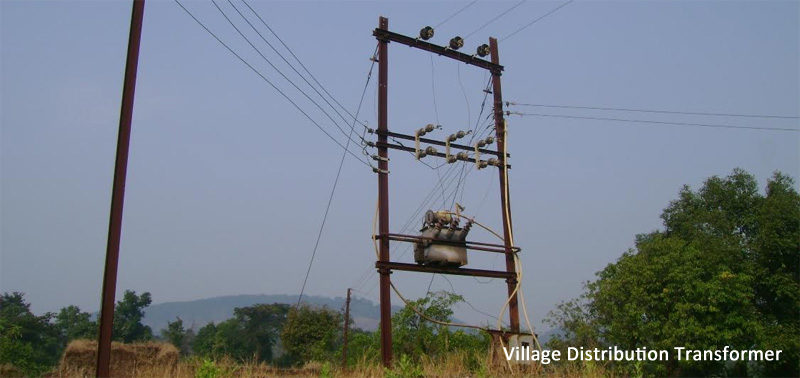Distribution transformer manufacturers are troubled by the need to comply with guidelines issued by two agencies—BEE and BIS.
Of late, the distribution transformer industry has been in the news on the issue of product quality certification by two agencies Bureau of Indian Standards (BIS) and Bureau of Energy Efficiency (BEE). The matter needs to be understood in some detail.
It all started when BEE extended its star labeling programme to include distribution transformers; this was around January 2009. Under BEE’s programme, an electrical equipment or appliance is designated with “stars” (from 1 to 5) depending on the energy efficiency of the equipment. A 5-star rating suggests highest energy efficiency, while a 1-star rating stands for lowest. A distribution transformer was required to have a minimum of 1-star label. However, when these guidelines came out, distribution transformers (DT) corresponding to 1-star and 2-star efficiency were not being manufactured as the industry was by itself technologically evolved. A 3-star label was therefore considered as the minimum norm. This has since progressed to 4-star. In other words, DTs today have either a 4-star or a 5-star label.
BEE versus BIS
Meanwhile, BIS, after a detailed study, revised its IS1180 standard to incorporate features of energy efficiency. Accordingly, what was 3-star under the BEE guideline came to be known as Level-1, 4-star was Level-2 and 5-star was Level-3. This revised guideline was followed by all DT manufacturers and was considered comprehensive, in terms of both product quality and energy efficiency.
Recently, it is learnt that BEE has independently revised its guidelines with a view to introducing more energy efficiency. Accordingly, what was Level-2 under IS1180 has now become the “New Level-1”, the Level-3 under IS1180 has become “New Level-2”. It is further learnt that BEE has revised guidelines without extensive discussions with manufacturers and other stakeholders. This has peeved manufacturers of DTs.
Common objective
Transformers that are affected by the BIS and BEE certification are those up to 2.5MVA in the 11kV, 22kV and 33kV class. Such equipment is termed as a distribution transformer and is used in the last-mile of the flow of electricity from the power generation source to the point of consumption. Distribution transformers of these specifications find widespread application in rural electrification.
The industry feels that the ultimate objective of both BIS and BEE is to ensure minimum energy efficiency of distribution transformers. Getting independent certification from both BEE and BIS is both costly and time consuming. As of now, the new BEE guideline has been put on hold for six months but a permanent solution to this duality of certification still eludes.

